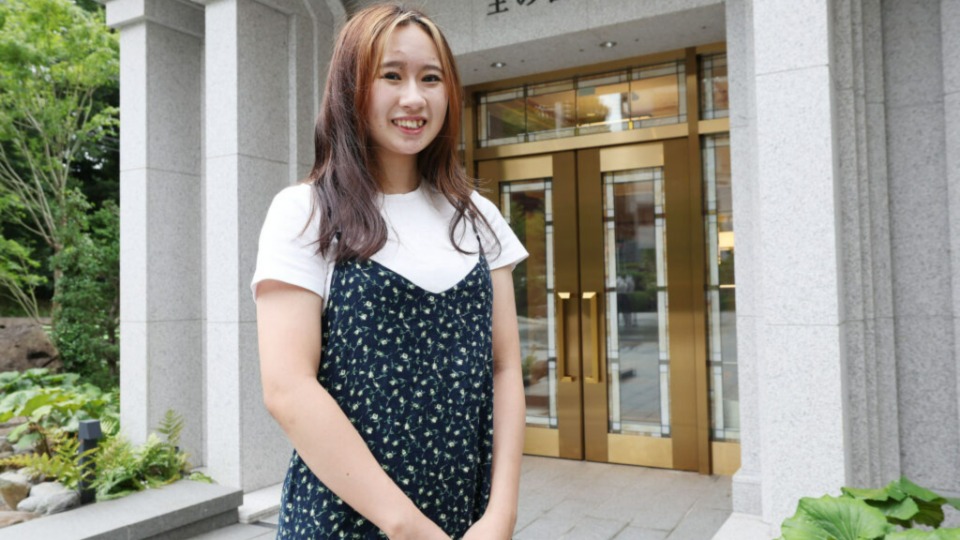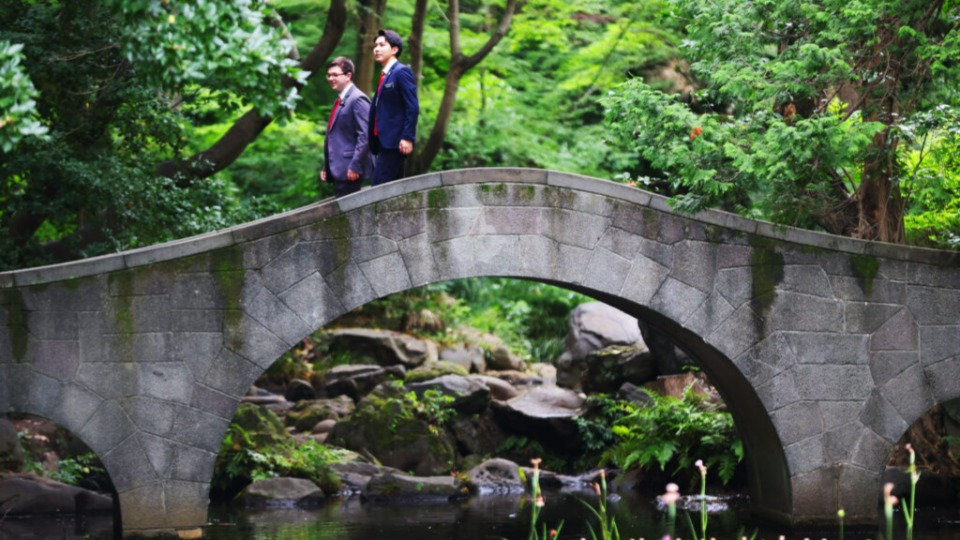
TOKYO, Japan — The recent rededication of the Tokyo Japan Temple doubled as a joyous reminder of the sacred links connecting missionary work, temples, Japan’s rich Latter-day Saint history and the Church’s limitless future in this populous Asian island nation.
Yes, the evidence of those links can be found in numerical data: There are approximately 130,000 Latter-day Saints in Japan worshiping in 261 congregations. And the Tokyo temple — the Church’s first in Asia when originally dedicated in 1980 — now has two sister temples operating in Fukuoka and Sapporo. Another temple in Japan is under construction in Okinawa.
But the “missionary-temple” impacts being felt by individual Japanese Latter-day Saints are as meaningful as the statistical particulars. Such impacts are reflected in the lives of seasoned leaders such as Elder Yuichi Imai and Sister Makiko Imai — and by young Japanese Latter-day Saints such as 18-year-old Kira Odake, who was baptized just months ago.
Through missionary work and temple service in Japan, “we can bring our families, relatives, friends and the human family into the presence of the Lord with unity of hearts,” Elder Imai, an Area Seventy, told the Church News.
Added Odake: “Every day, I feel I have a reason to be grateful.”
Prior to accepting the missionaries’ message, Odake said she was focused primarily on her own needs. “But after becoming a member, I have felt a change. I look at others first and I try to love and serve them.
“The Church has made me a better person.”
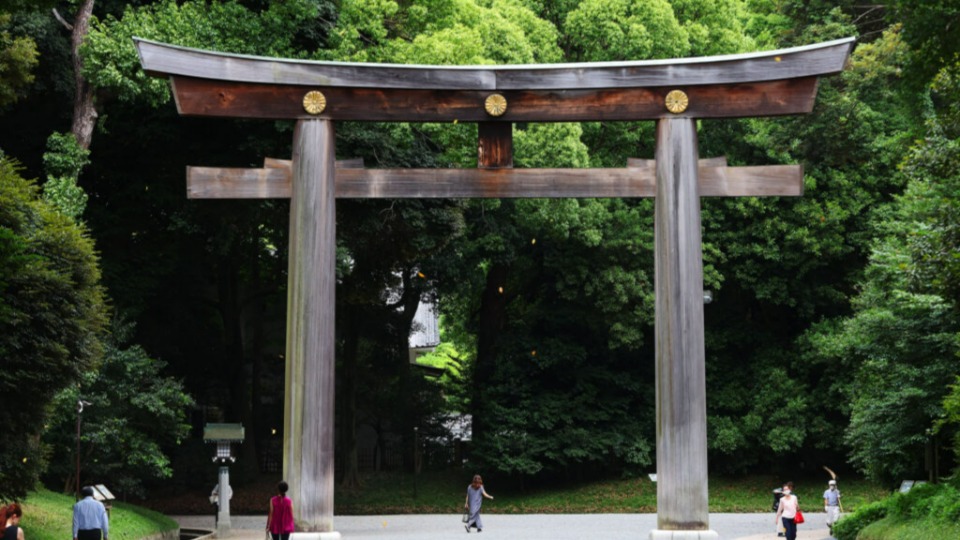
Faith lifts vast island nation
More than a century ago, in 1901, Church President Lorenzo Snow announced the commencement of missionary activities in Japan, signaling a perpetual — albeit sometimes turbulent — Latter-day Saint presence in the Land of the Rising Sun.
Counted among the first missionaries sent to Japan were future Church President Heber J. Grant and Horace S. Ensign, assistant conductor of the Tabernacle Choir. The Asia Mission headquarters was established in Tokyo, becoming first Church mission to operate in a non-Christian nation.
Church records note that the missionaries’ arrival at Yokohama Port was chronicled in that day’s local newspaper. Some comments were friendly; others, not so much. But like the legions of the elders and sisters who would follow, Japan’s initial Latter-day Saint missionaries came to love the Japanese people and their unique culture and language.
The work was difficult. But they persevered.
In March 1902, Japan’s first convert — Hijime Nakazawa — was baptized on Tokyo’s Omori coast. Seven years later, the Church marked another pivotal milestone — the publication of the first Japanese translation of the Book of Mormon.
Leather-bound copies were reportedly presented to Japanese Emperor Meiji and Crown Prince Taisho.
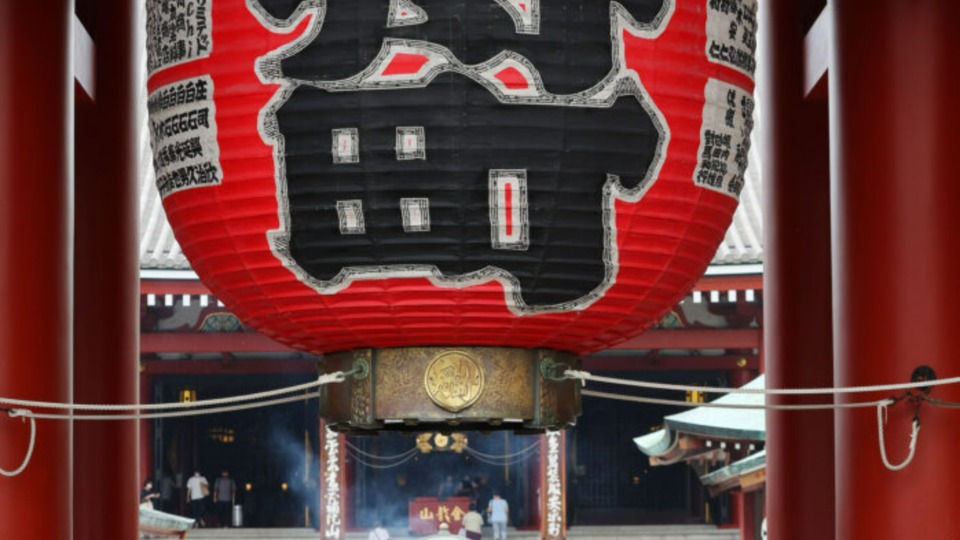
Over time, anti-American sentiment slowed missionary work in Japan — and all missionary activities were suspended in the country following the 1923 Great Kanto Earthquake.
Missionary-related interruption continued through the dark days of World War II. But even amid global conflict, Latter-day Saints in Japan looked faithfully to better days ahead.
Following the war, many Latter-day Saint soldiers stationed in Japan began holding worship services. And in 1948, missionary activities on the archipelago were resumed, with President Edward L. Clissold called to preside over the Japanese Mission.
Gathering Israel in a Pacific land
For decades, faithful Japanese Latter-day Saints would typically travel to Hawaii to claim their individual temple blessings or be sealed to their families. The journey from Japan to, say, the Laie Hawaii Temple came at great financial cost, but many lived frugally for years to make the trip.
Then, on Aug. 9, 1975, during an area conference in Tokyo, President Spencer W. Kimball announced plans to build a temple in the Japanese capital. The scores of Japanese Latter-day Saints gathered at the Tokyo Budokan arena that day to listen to President Kimball rejoiced. Many wept.
Five years later, President Kimball returned to Japan to dedicate Asia’s first temple — the Tokyo Japan Temple. Now faithful Japanese members could enjoy the gospel’s blessings in full without having to leave their country.
The work of gathering Israel in this powerful Asian nation has continued. It is rarely easy work. Only 3% of the population identifies as Christian. But contemporary Church leaders such as President Henry B. Eyring, first counselor in the First Presidency; Elder Neil L. Andersen and Elder Gary E. Stevenson of the Quorum of the Twelve Apostles; and many others have challenged the members and the missionaries to “open their mouths” and invite their loved ones and neighbors to discover the gospel and the temples now dotting Japan.
Witnesses of the gospel’s work
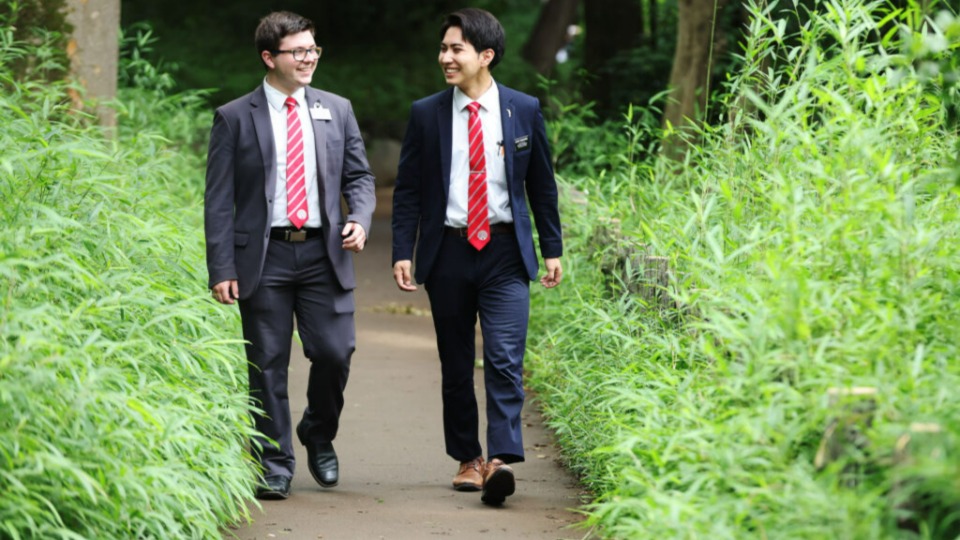
Elder Taku Yamashiro has witnessed the power of missionary work from multiple angles.
Just four years ago, he was referred to the missionaries by his mother, who had joined the Church.
“My mom told me the gospel had given her great comfort and peace,” said Elder Yamashiro, 19, who now serves in the Japan Tokyo North Mission.
Serving a mission was not something the young elder could have imagined when he initially found himself in the company of the full-time elders. But he enjoyed their friendship and their hopeful messages. He began reading the Book of Mormon, felt the Spirit and decided to be baptized.
Initially, Elder Yamashiro did not plan to serve a mission. He worried the two-year commitment would interrupt his educational ambitions. But over time, he felt prayerful direction to serve full time in the field.
He was originally called to serve in England, but those plans were foiled by the ongoing pandemic. The Okinawa resident was reassigned to Tokyo serving among his fellow Japanese.
The passage of time and his own faith have allowed Elder Yamashiro to recognize the blessings of serving a mission in his homeland. The Book of Mormon, he added, continues to teach him that the Lord remembers His people.
Since beginning his mission, Elder Yamashiro’s younger sister has accepted the teachings of his fellow missionaries and been baptized. And the recent Tokyo temple open house and rededication allowed the young missionary to feel closer to his late grandfather, who was supportive of his educational wishes when others doubted him.
The Lord, Elder Yamashiro testified, is leading His work in Japan.
As a full-time missionary, “I’m learning to preach the gospel by the Spirit and become a lifelong disciple of Christ. I want to serve others and help the Church in Japan continue to grow.”
Elder Yamashiro and others are building the Church in Japan under the direction of wise men and women. Leaders such as Elder Imai — himself a convert — serve as shepherds, mentors and friends. They are living witnesses of the power of missionary and temple work.
Japan Tokyo South Mission President Akihiro Node and his wife and missionary companion, Sister Yukie Node, are quick to note they are not pioneers of the Church in Japan. They were born into Latter-day Saint families in the cities of Tokyo and Akita, respectively.
But both President and Sister Node have the missionaries and the temple to thank for offering them lives of meaningful service and direction. Their parents were found, taught and baptized by the missionaries.
When President Node was a little boy, his family moved to the United States so his father, Yoshihiro Node, could pursue educational opportunities. In 1980, their small family was sealed in the Provo Utah Temple.
“The first thing my parents wanted was for our family to be sealed together in the temple,” President Node told the Church News.
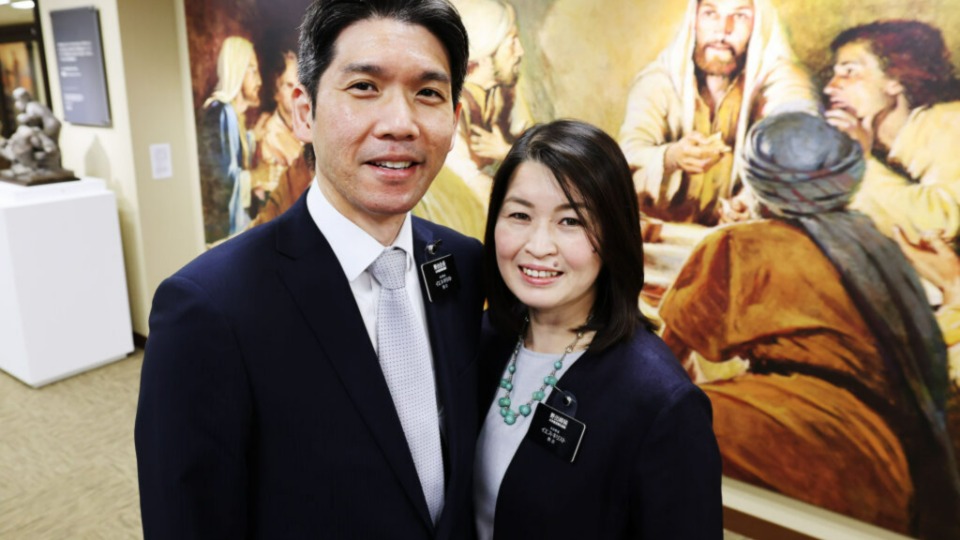
Years later, he would answer a call to the Japan Kobe Mission.
Sister Node (née Shio), meanwhile, was still a little girl when the Tokyo temple was dedicated. She remembers little about the actual ceremony, but she learned early the importance of the temple in her native Japan after her grandparents became two of the first senior missionaries to serve in the Tokyo Japan Temple.
“I remember how happy they were to serve,” she said. “They always told us how wonderful it was to serve in the Tokyo temple.”
Sister Node grew up in the Church and eventually reported to the Japan Missionary Training Center to prepare to serve her own full-time mission in the Japan Okayama Mission. There she met fellow Japanese missionary Akihiro Node. At the conclusion of their missions, the two met again at a reunion of the MTC district.
A year later, in 1999, they were married in the Tokyo Japan Temple.
Now serving as mission leaders in Japan, the Nodes are both humbled and excited by the possibilities that await their fellow countrymen and countrywomen. And again, those opportunities will be linked to missionary and temple work. They Nodes won’t forget how much that work has blessed their own lives.
“I’m very grateful for the missionaries’ service, for their love of the gospel and for the preaching of the gospel to the Japanese people. … Without missionary service, we would not be where we are today,” said President Node.
Sister Node added that even though the vast majority of Japan’s people are not Christian, they still carry the light of Christ. They can feel the Spirit and recognize truth. “We tell the missionaries to believe in what God can do for the Japanese people.”
“Never,” added her husband, “set a limit on what God can do.”
The gospel’s abundant joy in Japan
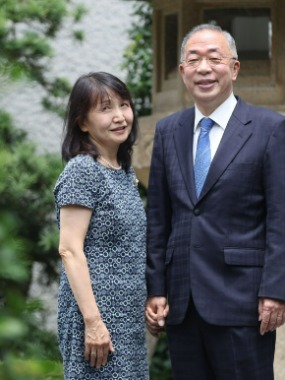
Moments after stepping from Japan Tokyo Temple following the July 3 rededication, Elder and Sister Imai were still feeling the emotion of the moment. Later, Elder Imai testified of the blessings that await the Japanese people as they connect with their late ancestors and help gather Israel through temple work.
“As we find many names of our ancestors and perform their [proxy] ordinances in the temple, we are healed and our joy is multiplied,” he said.
President Russell M. Nelson, he added, has called Latter-day Saints to share their gratitude and joy with others. “And now that the Tokyo temple has reopened, I too want to continue to share this joy.”
Eighteen-year-old Kira Odake was unable to participate directly in the recent rededication of the Tokyo Japan Temple. She has not been a member long enough to receive a temple recommend. But she already feels a connection to that dedicated edifice — and to the gospel’s dynamic work in Japan.
She is happy to be a part of that work.
“I understand that the temple is a special, holy place,” she said. “I want to become a better person so I can prepare to enter the temple.”
